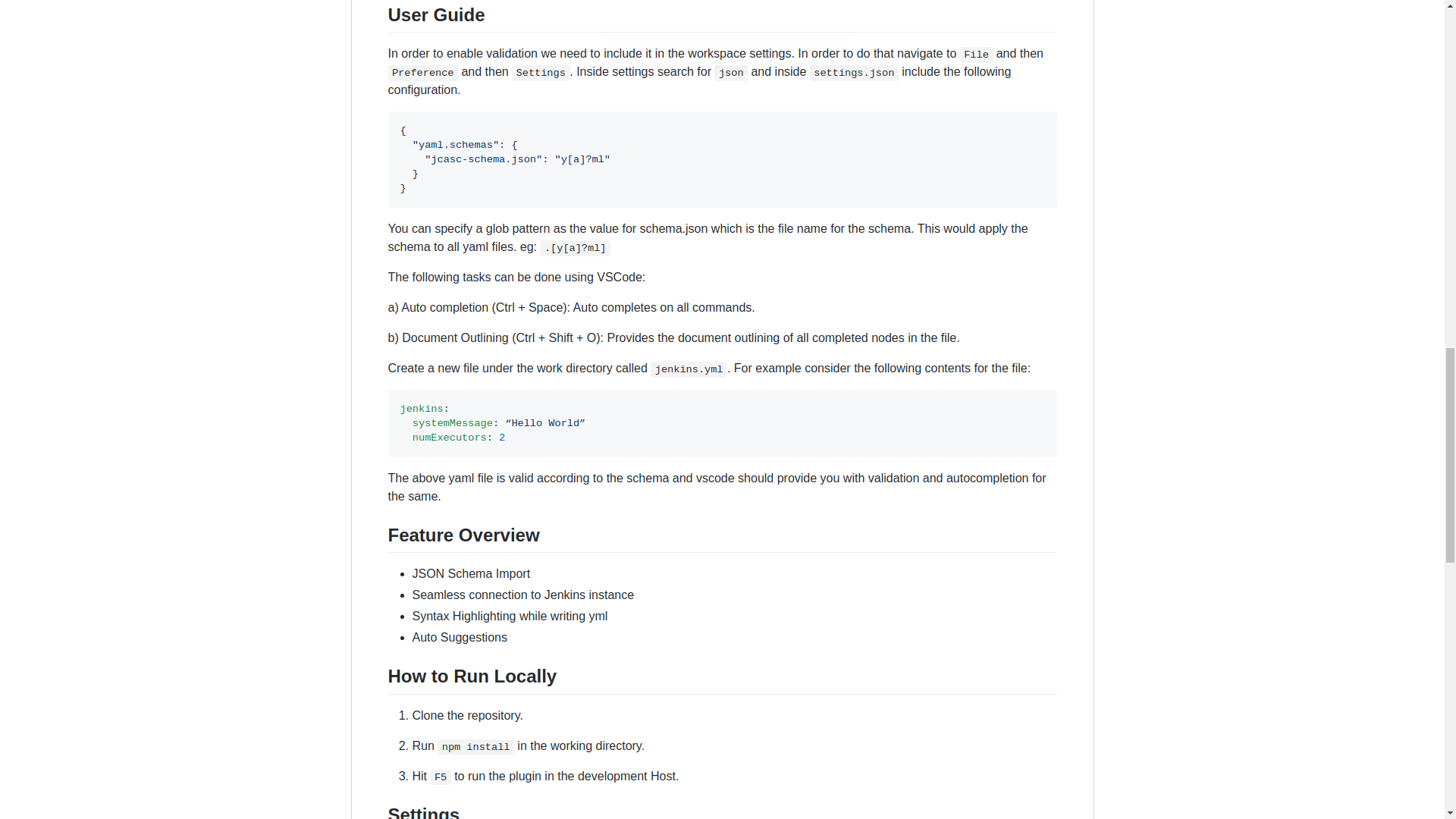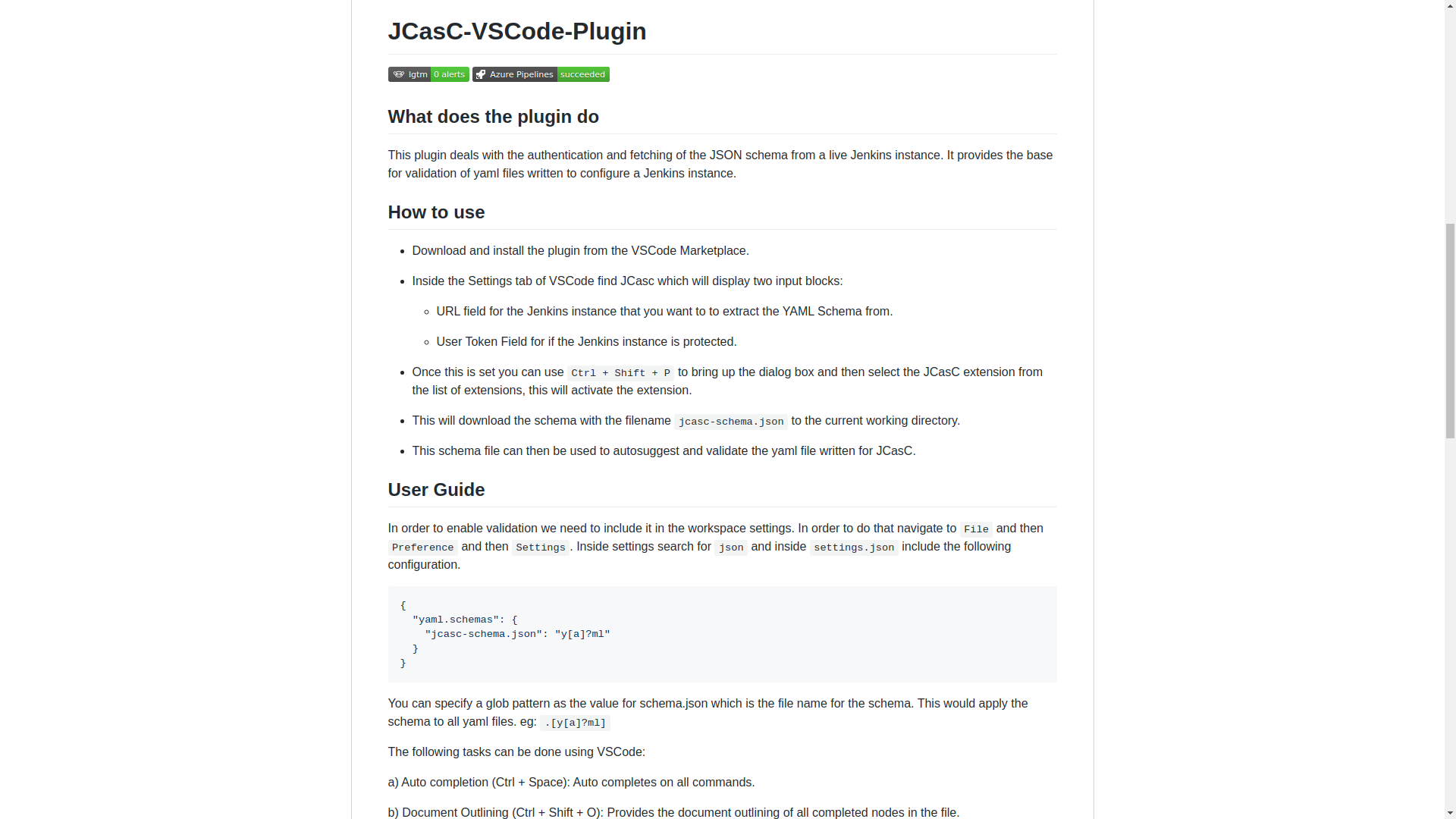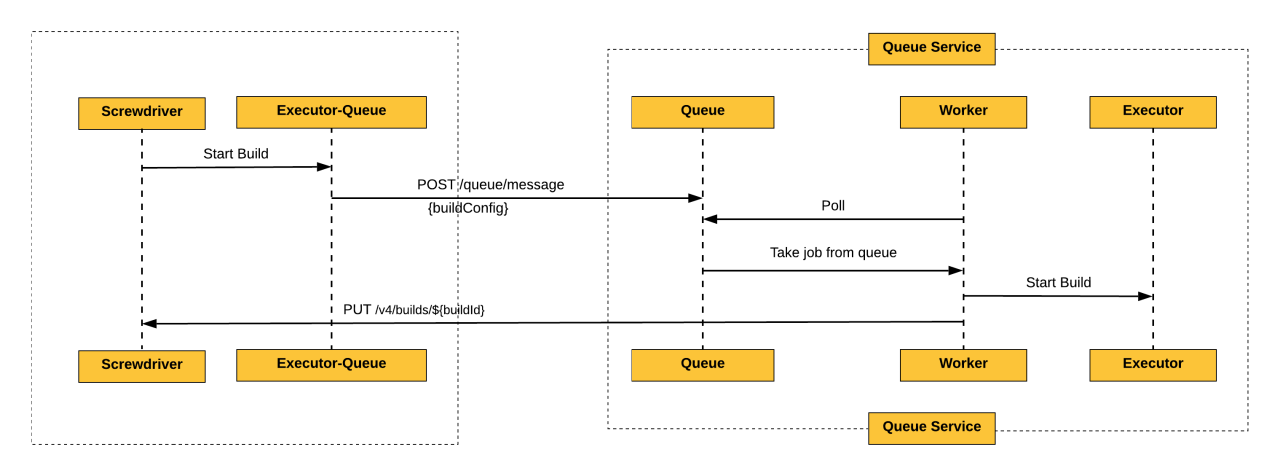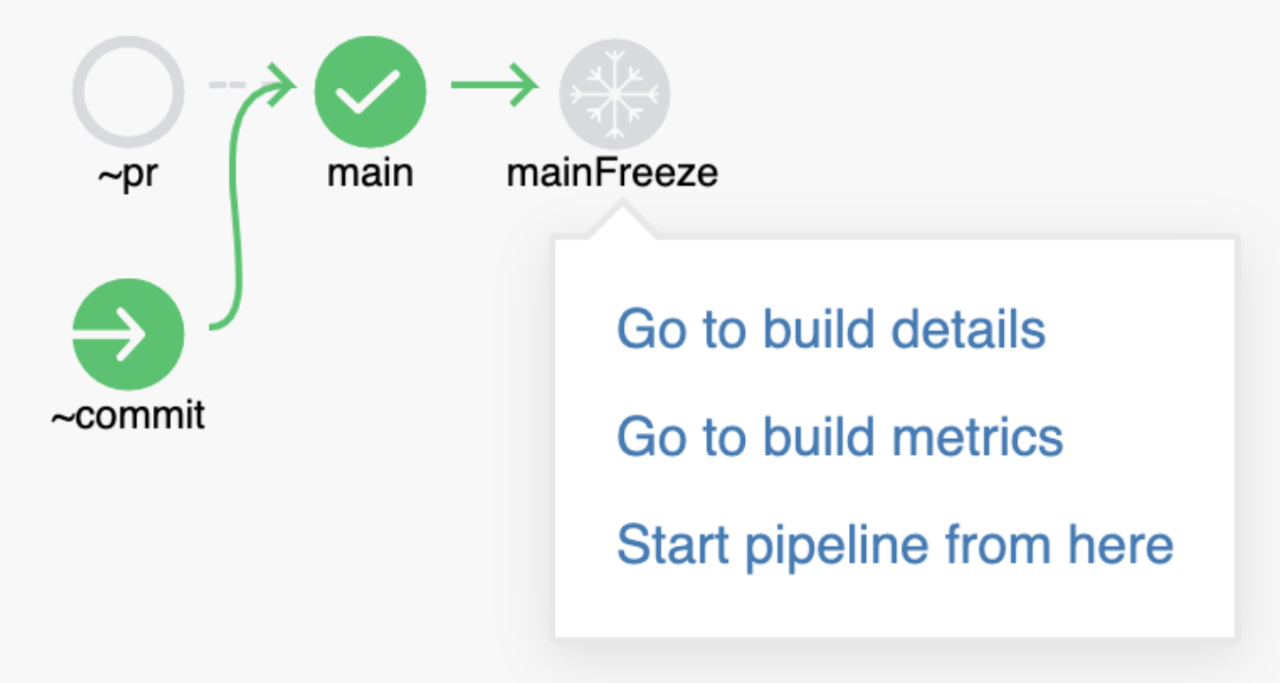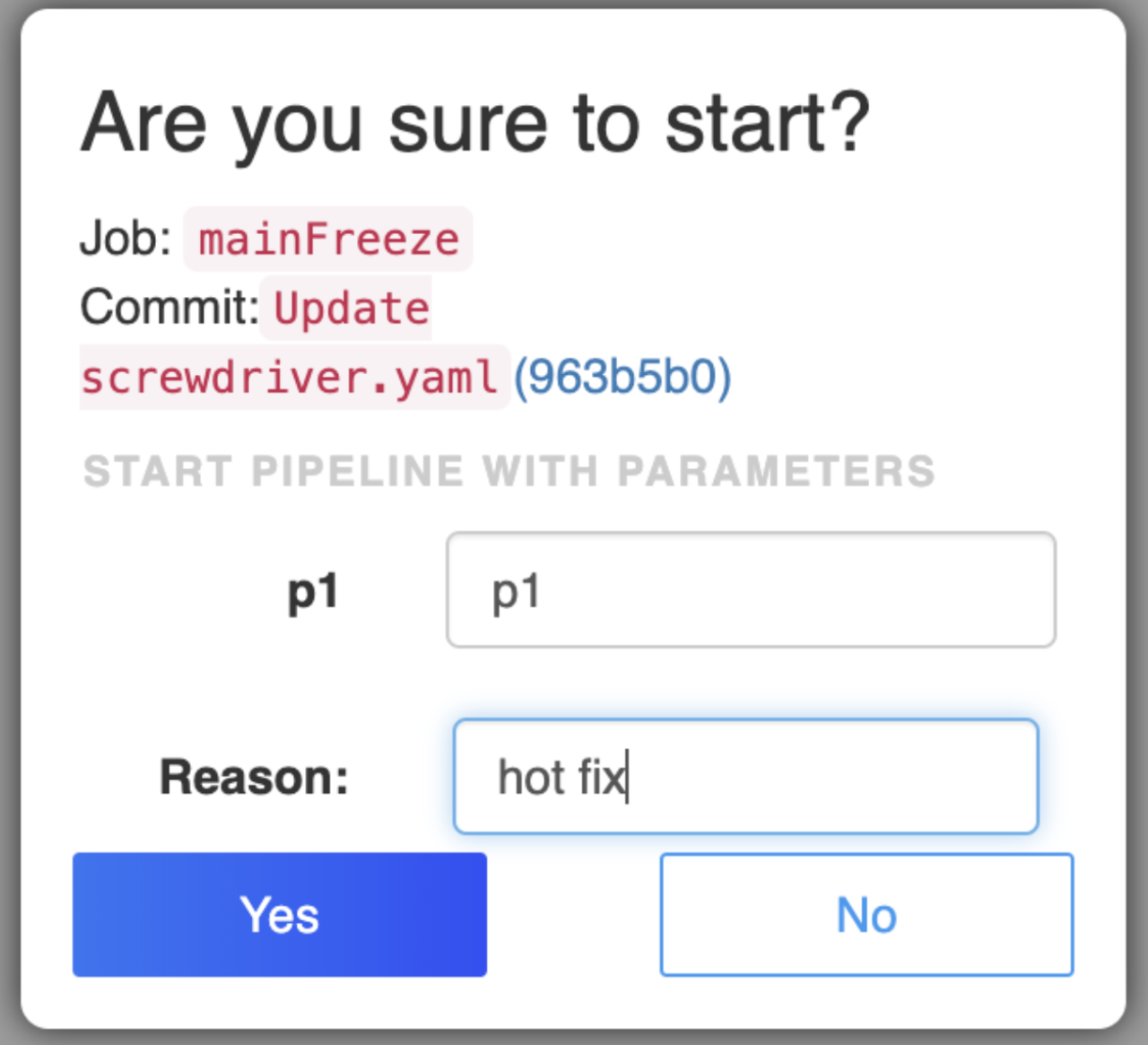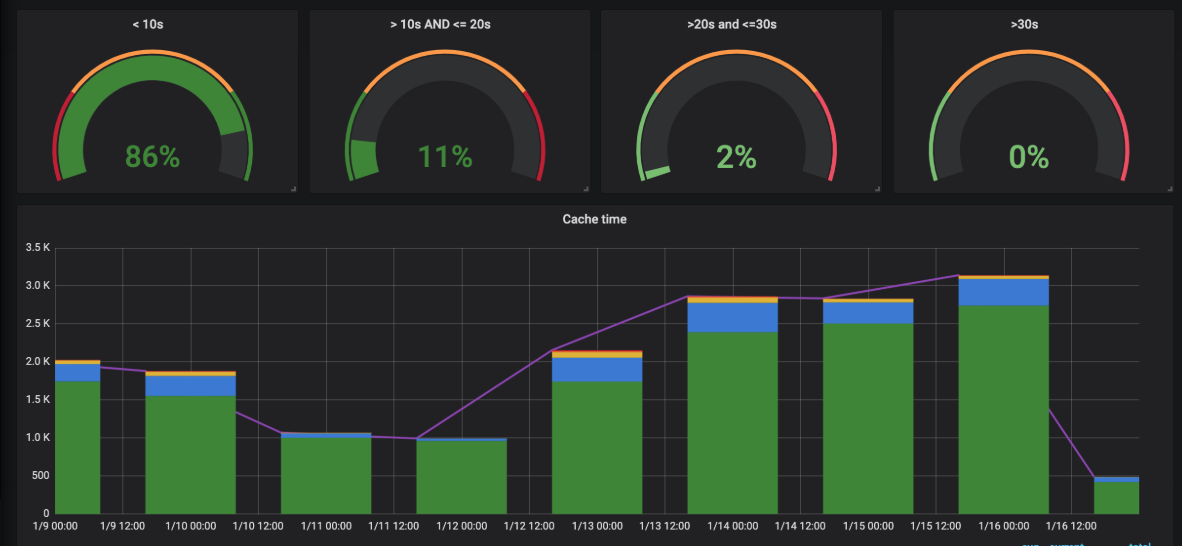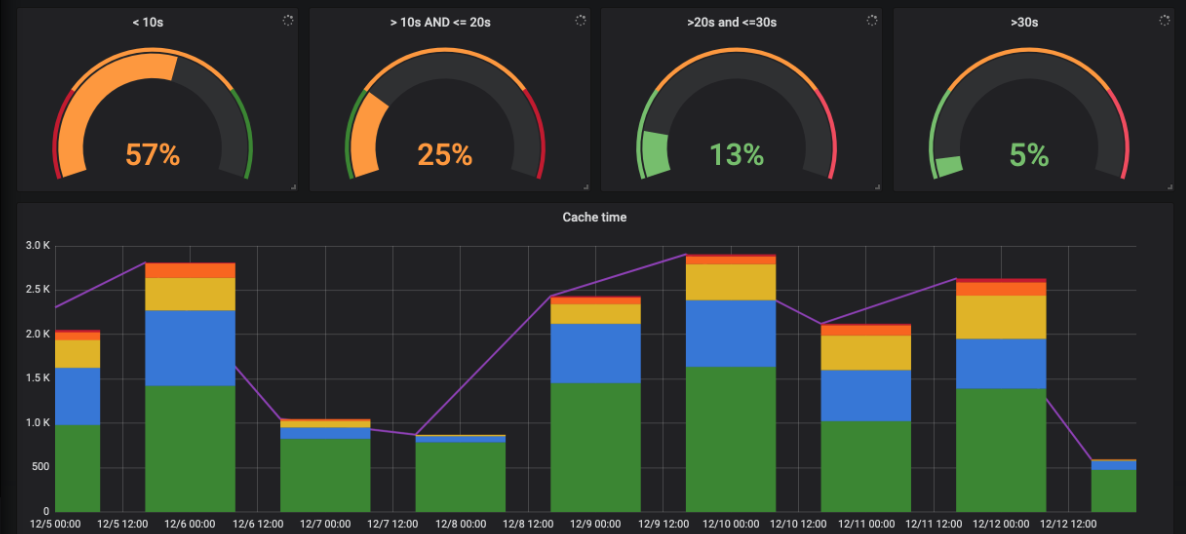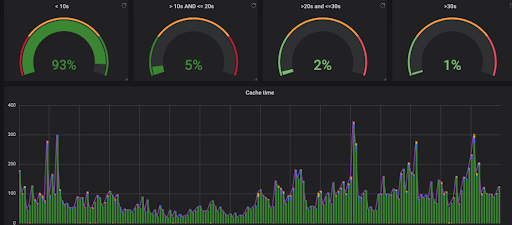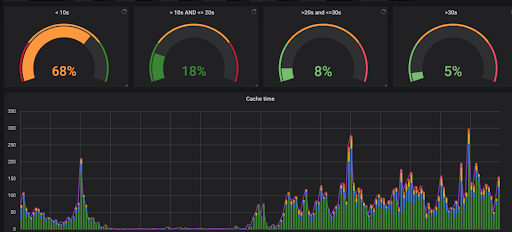You may have heard that Tekton Pipelines is now beta! That’s not beta like the video format but beta like Kubernetes! Okay I’ll stop trying to make jokes, because compatibility is no laughing matter for folks who want to build on top of and use Tekton, and that’s why we’ve declared beta, so that you can feel more confident in using it.
What exactly does beta mean for Tekton?
So what does beta mean exactly? It means for Tekton what it means for Kubernetes, and it boils down to two things:
- Features that are beta will not be removed; they might change but you can count on the features themselves sticking around
- Backwards incompatible changes to the API will be avoided; if they do have to happen you will be given at least 9 months worth of releases to migrate to the new way of doing things
You might be wondering what “the API” means in this context – good question! It’s the specifications of the CRDs themselves and runtime details like the special directories that Tekton makes.
Not all of Tekton is beta however! Right now it’s just Tekton Pipelines and it’s only the following CRDs:
- Tasks, ClusterTasks and TaskRuns
- Pipelines and PipelineRuns
This means that other types that you might like, such as Conditions and PipelineResources (see the next section!) are still alpha and don’t (yet!) have the same beta level guarantees.
You can always refer to our API compatibility docs in our repo if you forget!
What about PipelineResources?
What about them indeed! If you are part of the Tekton community, you’ll know that we keep going back and forth on our love/hate-able PipelineResources – the feature you love until it doesn’t work.
A few months ago, our “difficult to understand, hard to debug” friend was challenged by the community: what would the Tekton world look like without PipelineResources? And when we went on that journey, we discovered features which PipelineResources gave us which were super useful on their own:
So we focused on adding those features and brought them to beta. In the meantime, we keep asking the question: do we still need PipelineResources? And what would they look like if redesigned with workspaces and results? We’re still asking those questions and that’s why PipelineResources aren’t beta (yet)!
We know some users really love them: “There are dozens of us,” – @dlorenc. So we haven’t given up on them yet, and there are some things that you just still can’t do well without them: for example, how do you consistently represent artifacts such as images moving through Pipelines? You can’t! So the investigation continues.
In the meantime, we’ve made Task equivalents of some of our PipelineResources in the Tekton catalog, such as PullRequests, GCS, and git.
Tekton Website is Live Now!
Hooray! Our shiny new site is live! Right this way -> https://tekton.dev/
Tekton Documentation is now hosted on the website at https://tekton.dev/docs/. And interactive tutorials are hosted at https://tekton.dev/try/. There is just one interactive tutorial hosted right now but more are in process to get published, so watch this space!
What’s coming up next?
We’re hard at work on more nifty Tekton stuff to make your CI/CD Pipelines more powerful and more portable by achieving Tekton’s mission:
Be the industry-standard, cloud-native CI/CD platform components and ecosystem.
Check out more on our mission and our 2020 roadmap in our community repo.
THANK YOU!!! ❤️
Thanks to all of the many amazing contributors who have gotten us to this point! The list below is people credited in Tekton Pipelines release notes, but for the complete list of everyone contributing to Tekton check out our devstats!
- @16yuki0702
- @AlanGreene
- @Conky5
- @EliZucker
- @Fabian-K
- @Gl4di4torRr
- @GregDritschler
- @ImJasonH
- @Letty5411
- @MLBMatt
- @abayer
- @abergmeier
- @achedeuzot
- @adshmh
- @afrittoli
- @ahpook
- @akihikokuroda
- @assertion
- @bigkevmcd
- @bobcatfish
- @cagiti
- @cappyzawa
- @carlosgg
- @castlemilk
- @cccfeng
- @cezkuj
- @chandanikumari
- @chanseokoh
- @cheesesashimi
- @chhsia0
- @chmouel
- @danielhelfand
- @dewan-ahmed
- @dibbles
- @dibyom
- @dicarlo2
- @dlorenc
- @dmathieu
- @docwhat
- @dwnusbaum
- @eddycharly
- @fraenkel
- @frostmourner
- @gavinfish
- @girishramnani
- @gorkem
- @guillaumebreton
- @guitcastro
- @hongchaodeng
- @houshengbo
- @hrishin
- @impl
- @itoutki
- @jbarrick-mesosphere
- @jlpettersson
- @jonjohnsonjr
- @joseblas
- @josephlewis42
- @khrm
- @mattmoor
- @mattmoor-sockpuppet
- @mgreau
- @mikeykhalil
- @mnuttall
- @moficodes
- @moredhel
- @nader-ziada
- @nbarthwal
- @ncskier
- @nikhil-thomas
- @nilsotto
- @nlewo
- @othomann
- @paassdc
- @pivotal-nader-ziada
- @piyush-garg
- @pmorie
- @poy
- @pritidesai
- @pwplusnick
- @rawlingsj
- @rhuss
- @richardmarshall
- @rick-a-lane-ii
- @sbwsg
- @sergetron
- @shashwathi
- @shuheiktgw
- @silverlyra
- @skaegi
- @skeeey
- @sosiska
- @spomorski
- @sravankumar777
- @steveodonovan
- @sthaha
- @sthana
- @takirala
- @tariq1890
- @tejal29
- @thinkerou
- @tom1299
- @tomfrenken
- @tomgeorge
- @toshi0607
- @u5surf
- @vbatts
- @vdemeester
- @vincent-pli
- @vtereso
- @waveywaves
- @willbeason
- @withlin
- @wlynch
- @xtreme-sameer-vohra
- @zhangtbj
- @zouyee
- @zxDiscovery

